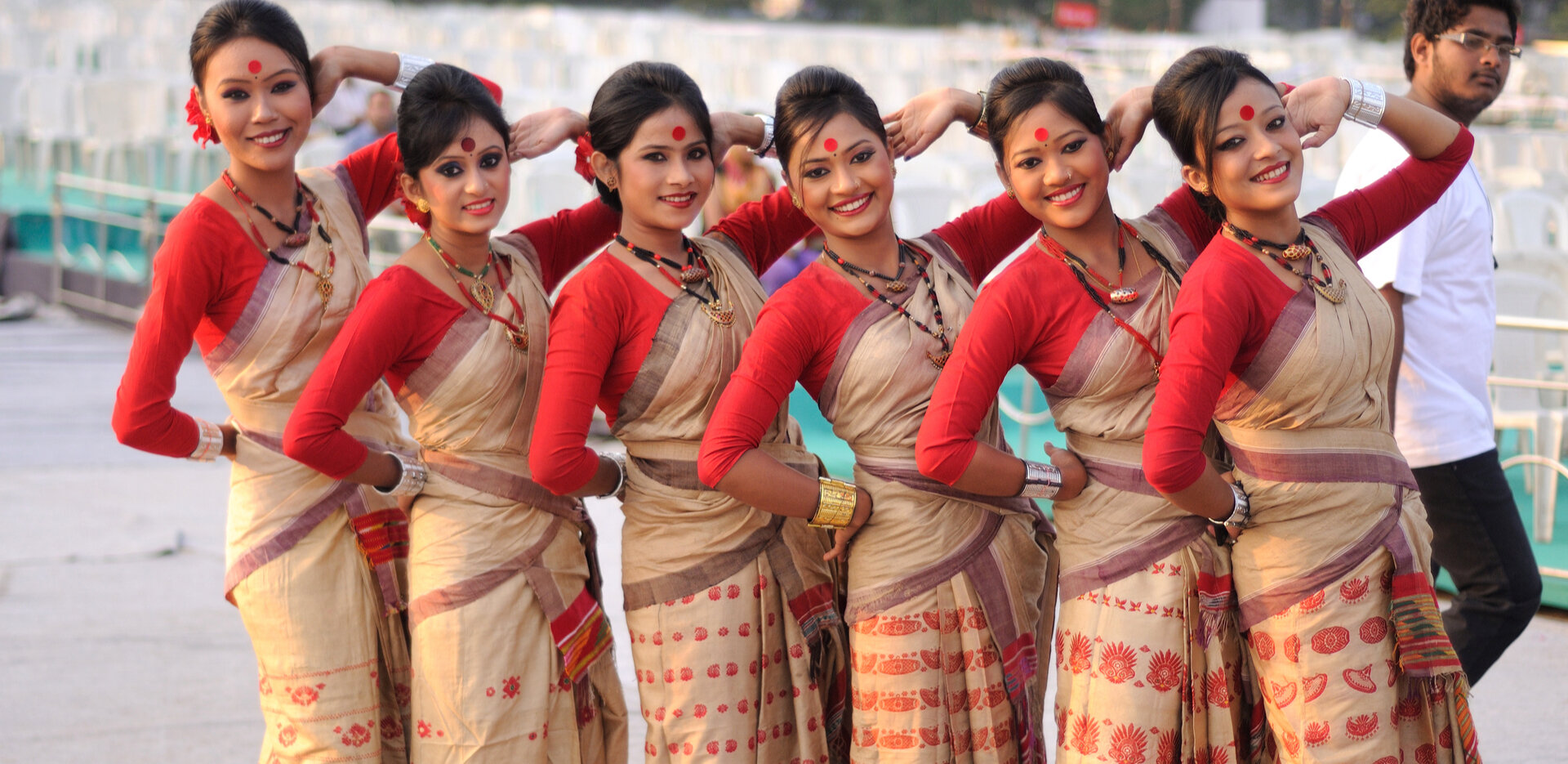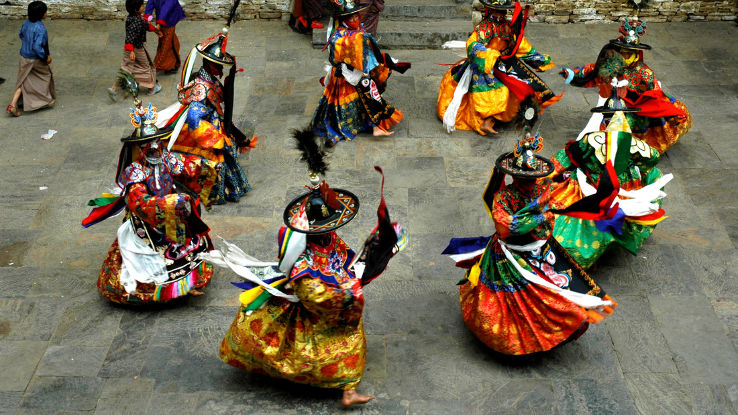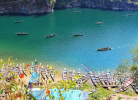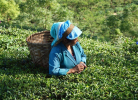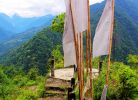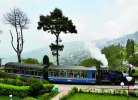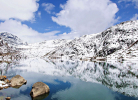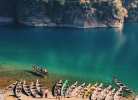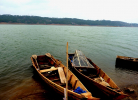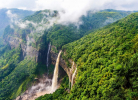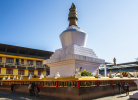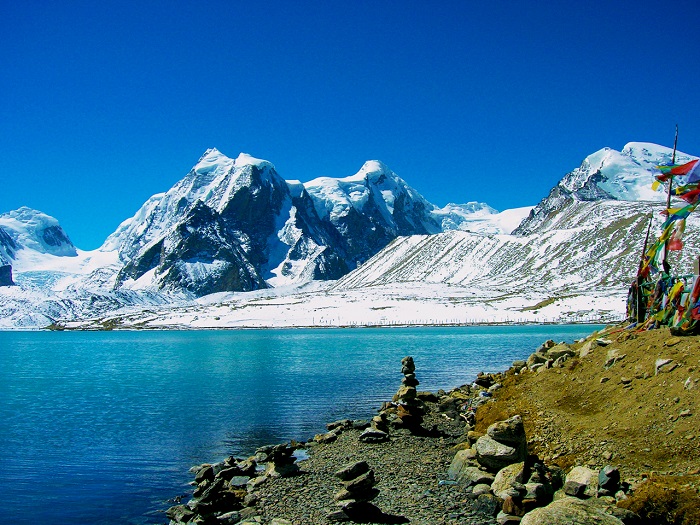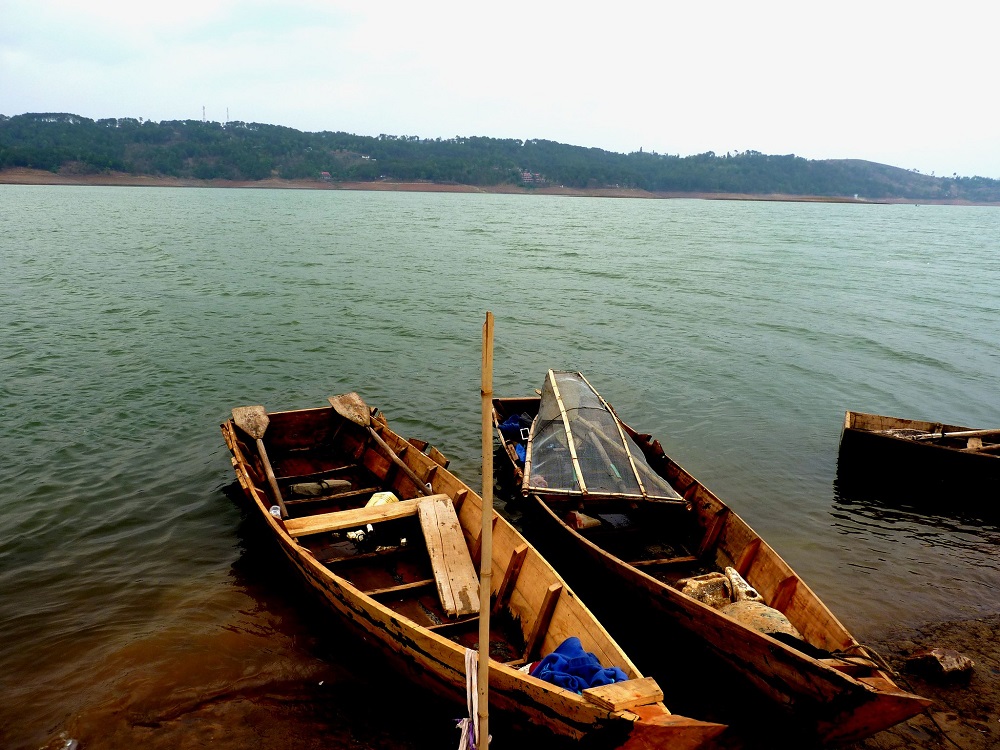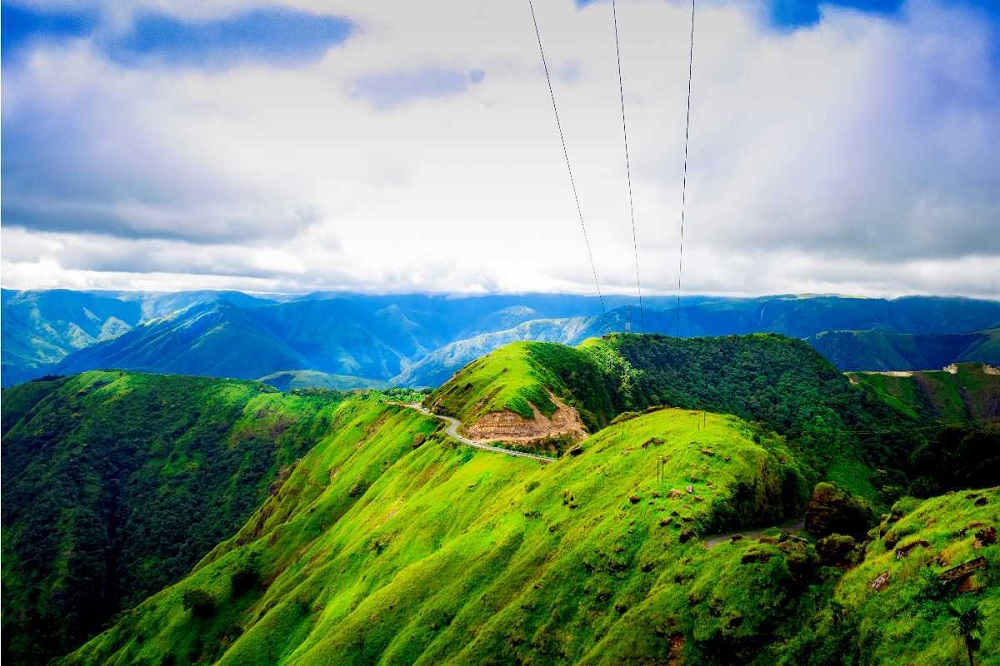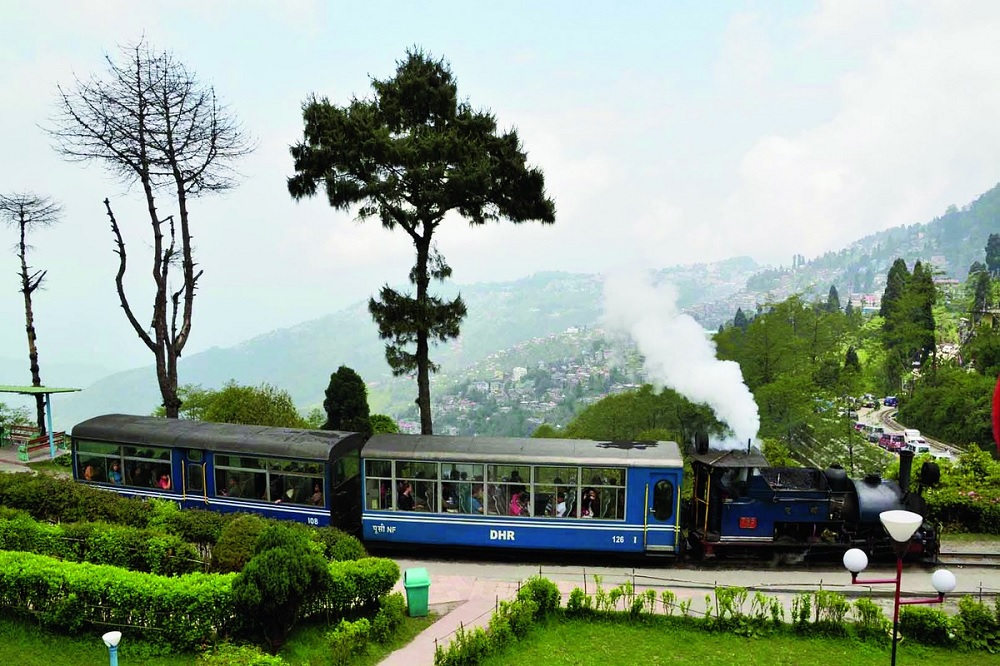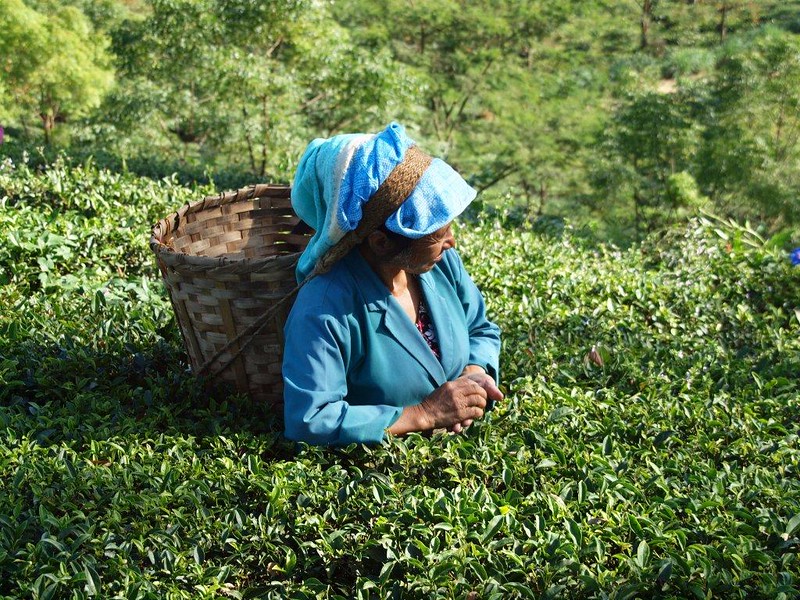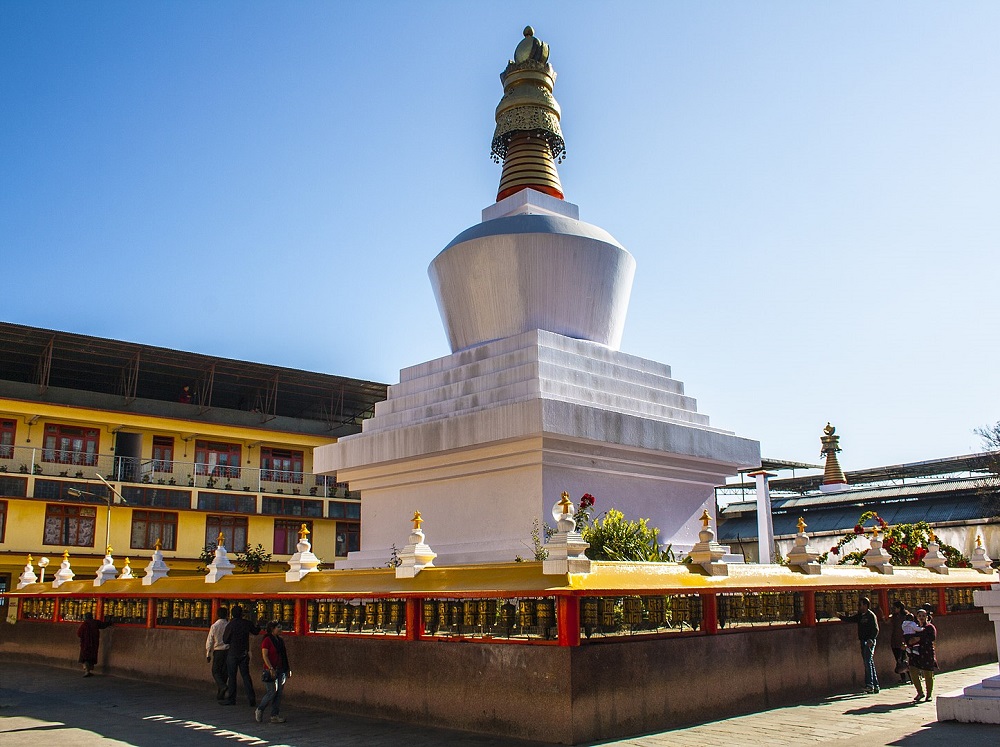What to Wear in North East India
North-East India, also called the Seven Sister States of India is famous for its link with the culture and tradition of ancient times. Their lifestyle including cuisine, religion, and attire comes from traditions that were dated several thousand years. Each state of this region has traditional attires, which reciprocates the beauty of the culture with designs and colors crafted for specific social status. Find below about Traditional dresses of North East India, What to Wear in North East India and Travelling tips
Traditional Attire in North East India
1. Li, Nagaland
The traditional dress of Nagaland is Li. This style of dressing has numerous patterns and designs, especially embroidered. They wear a phanek below the waist, which is similar to a low skirt. Mechala is the common upper wear. It is a wraparound shirt.The shawls of the dress have more work done to it. The shawls of grand work are worn by people of higher class. Usually, the designs are geometric shapes and floral patterns.
2. Khasi, Meghalaya

The Khasi is also called Jainse or Dhara. This style of attire is worn by women and is paired with heavy silver accessories. They wear a cylindrical lower waistcloth and cover up with a bright yellow shawl. Men wear loincloth with a jacket. Turban or any headgear is common.
3. Muga, Manipur
This is quite similar to Khasi. However, the shawl is usually made of silk, named Innaphi. Wrapped shirt with phanekand shawl is the common dresses for women. Men wear dhoti with jacket and white turban. Their dresses have simple embroidery and different occasions call for different color attire.
4. Chemise, Arunachal Pradesh
Each tribe in Arunachal Pradesh has a different style of clothing. The basic style of dress is chemise, which is a sleeveless shirt with a full-sleeved jacket, which is embroidered. They wear a skirt, which looks like a wrapped-around loin cloth. Skull cap made with Yak hair is a famous accessory among men.
5. Rigani –Rosa-Rikutu, Tripura
The lower part is called Raignai and the dress covering the chest region is called Risa, and the upper dress is Rikutu. All the three pieces are well decorated. Men wear a towel and shirt with turban. However, this style of dressing is diminishing.
6. Mekhela Chador, Assam
The traditional dress for women is a wrapped around skirt with a sari pallu on the top. They have a different style of patterns and colors, but those have no correlation with the social status or style of occasion. Men wear a dhoti or loin cloth around their waist, up to their ankles and wear a chadar on top.
7. Skirt and full sleeve, Mizoram
Mizoram’s traditional dress is quite different than the others. They wear a skirt with vertical embroidery and a full-sleeve top. This is the festive attire in this region. Men wear loose trousers with a leather belt.
What to wear in North-East India – Month-wise Guide
January
January is one of the coldest months on the calendar and North-East India can get very cold. It would be best if you choose to pack thermal wear. A fleece jacket or heavy jacket and woolen clothing would be essential. If you are planning outdoor adventure activities, make sure to wear them in layers. Afternoons can be a little pleasingly warm, except in places with snowfall. Remember that it is important to keep your feet warm during this month. Thus, pack woolen socks and breathable shoes.
February
February is pleasingly warm and not humid. Thus, light warm clothing would suffice. Full sleeve thick shirts would be a good fit for adventure activities. Pack both woolen and cotton socks, as the temperature might get a little warmer towards the end of February.
March
March is the prime spring time and the mornings will be warm and pleasing. Thus, thin cotton clothing would be best for morning activities. For evenings, thick cotton or thin woolen clothing would be perfect. If not, pack a thin jacket for evenings.
April
April is one of the hottest and driest months. If you are choosing high altitude destinations like Nagaland, Meghalaya, Arunachal Pradesh, Sikkim, and others, thin woolen clothing or a jacket would be perfect. If you are sticking with the valleys of Assam and surrounding regions, pack light and breathable cotton clothing.
May
Temperature is hot and humid in most of the destinations. Wear light clothing and make sure to cover your body completely to reduce dehydration. Wear cotton clothing, breathable shoes, and a simple cap, if needed.
June
June is one of the peak tourism seasons. The climate will be dry and pleasingly warm. Occasional showers are common. Thus, pack an umbrella or simple raingear. Wear cotton clothing and cotton socks.
July
This is the peak monsoon month. The place gets very wet, but the humidity will be higher. Thus, pack your raingear, waterproof socks, and breathable shoes. Make sure to pack clothing that can dry easily.
August
The temperature would still be warm. Rainfall would be at its peak. The routes would be muddy and slippery. Choose thick shoes with good traction. Pack additional clothing than what you would need, as you would be getting wet every day. Choose to pack clothes that can dry easily. A good raingear would be a good fit than just an umbrella.
September
The rainfall will be relatively low, but not completely dry. Mosquitoes are quite common during this season. Thus, always wear mosquito repellent, especially when you are visiting forested regions, waterfalls, and other nature spots.
October
October is a dry month except in a few destinations. So, carry an umbrella with you. Wear light cloth by daytime and a thin overcoat would protect you from chilly evenings. The place will still be muddy and slippery. Thus, a good shoe with strong traction would be best.
November
The winter would be already in the horizon. Thus, early mornings and evenings would be cold. The last week of November can be very chilly than usual. Wear thick clothing and choose to wear layers of clothing to adjust based on the climate. Rainfalls are quite scarce and yet not impossible. Thus, pack a cap.
December
Some high altitude destinations like Arunachal Pradesh and Sikkim would receive snowfall. Most of the places in North East India would have a relatively chill climate. Thus, pack thick jackets and woolen clothing. It is important to protect your ear and feet from cold. So, pack mufflers or scarves, and a thick shoe with woolen socks.
Clothing Tip For Travelers during North East India Trip
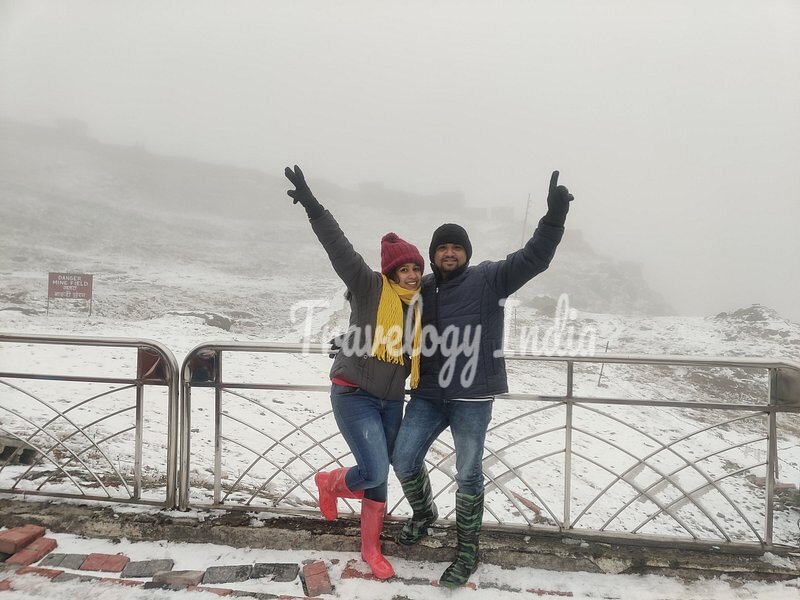
Although a traditional region, these states do not request tourists to follow their dressing style. However, decent clothing is a wise choice. North East India has humid temperature with abundant rainfall. The majority of the areas are forested regions.
- If you are visiting Arunachal Pradesh or Sikkim, it is best to carry thick clothes and an overcoat. The rest of the regions would have long monsoon and cold winter. Monsoon and summer are humid. So, pack accordingly.
- Pack a couple of woolen socks, a little more than you would need for your stay. You might have to change your socks more often, as the place will be wet and muddy, most of the months.
- If you are choosing to explore any forest or heavily vegetated region, make sure to wear dress that completely covers you. Leaving your arms or legs open can make you more prone to insect bites.
- A good shoe with good grip and traction support is very essential. Most of the routes you cover would need a lot of walking on uneven floors. High heels and dress shoes would not fit this region.
- Most tourists do the mistake of choosing a high-waterproof shoe. Remember to pick a waterproof shoe that can breathe. The humidity causes sweat during summer. The climate of winter and monsoon creates a damp environment where nothing dries at all.
- A good quality rain gear would be a good investment if you are visiting north-east India. May it be the peak of summer; the place would still have a higher chance of receiving a shower. A simple umbrella would be a good choice for Arunachal Pradesh, Sikkim, and surrounding regions. However, in very wet regions, a complete raincoat would be a good choice.
- If you are planning to hike and camp, please bring trekking shoes.
Other top items to pack are
- Medical kit
- Sunscreen, cold cream, and mosquito repellant
- Shoes and a couple of pairs of socks
- A removable jacket
- Towel – something that can dry easily
- Pack a couple of more dresses and underwear than you have planned for your itinerary
- Water bottles


